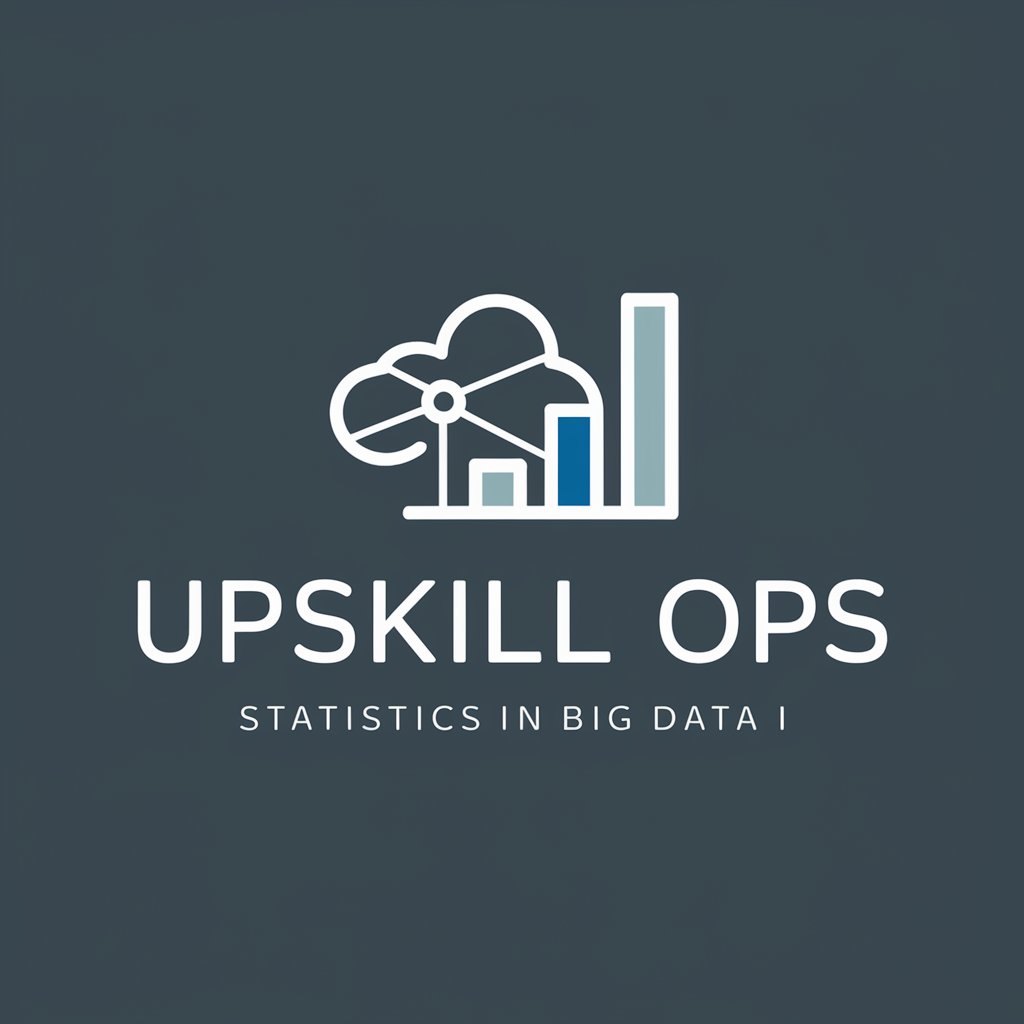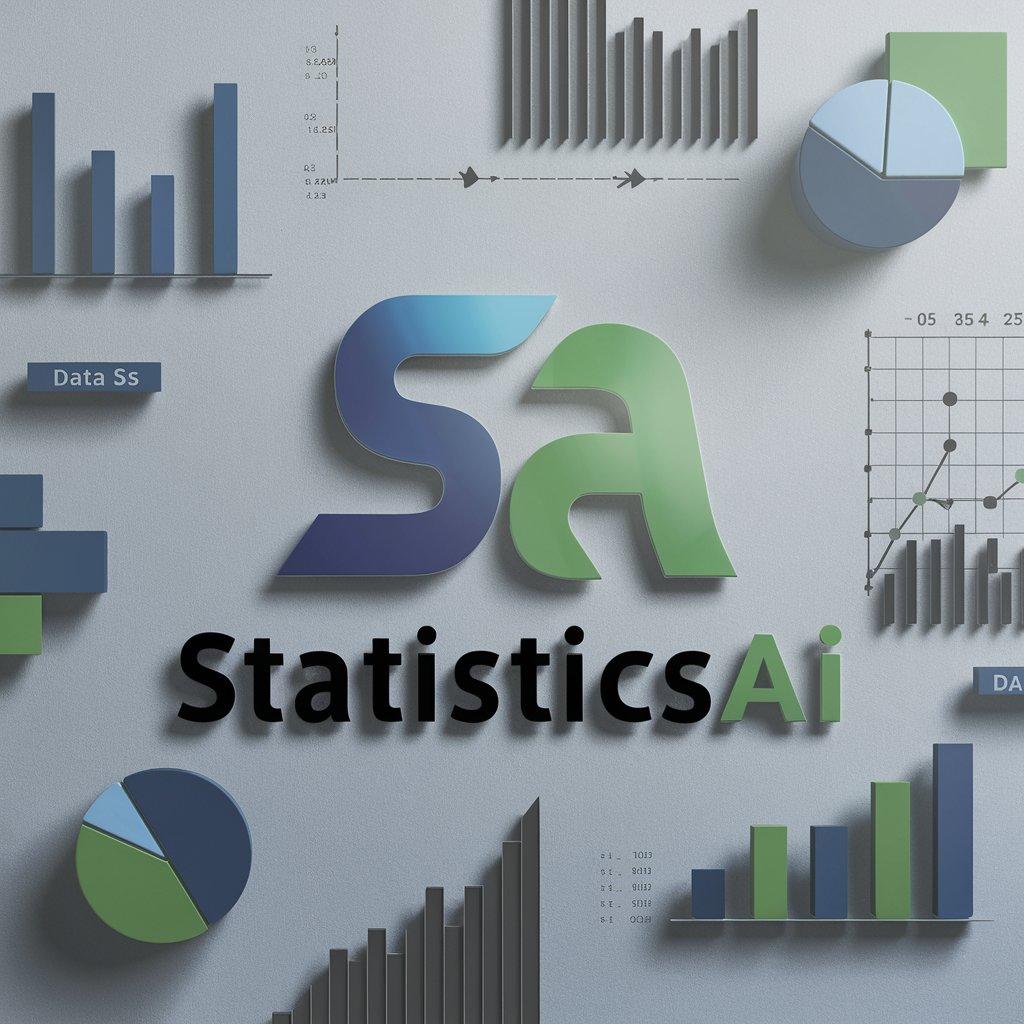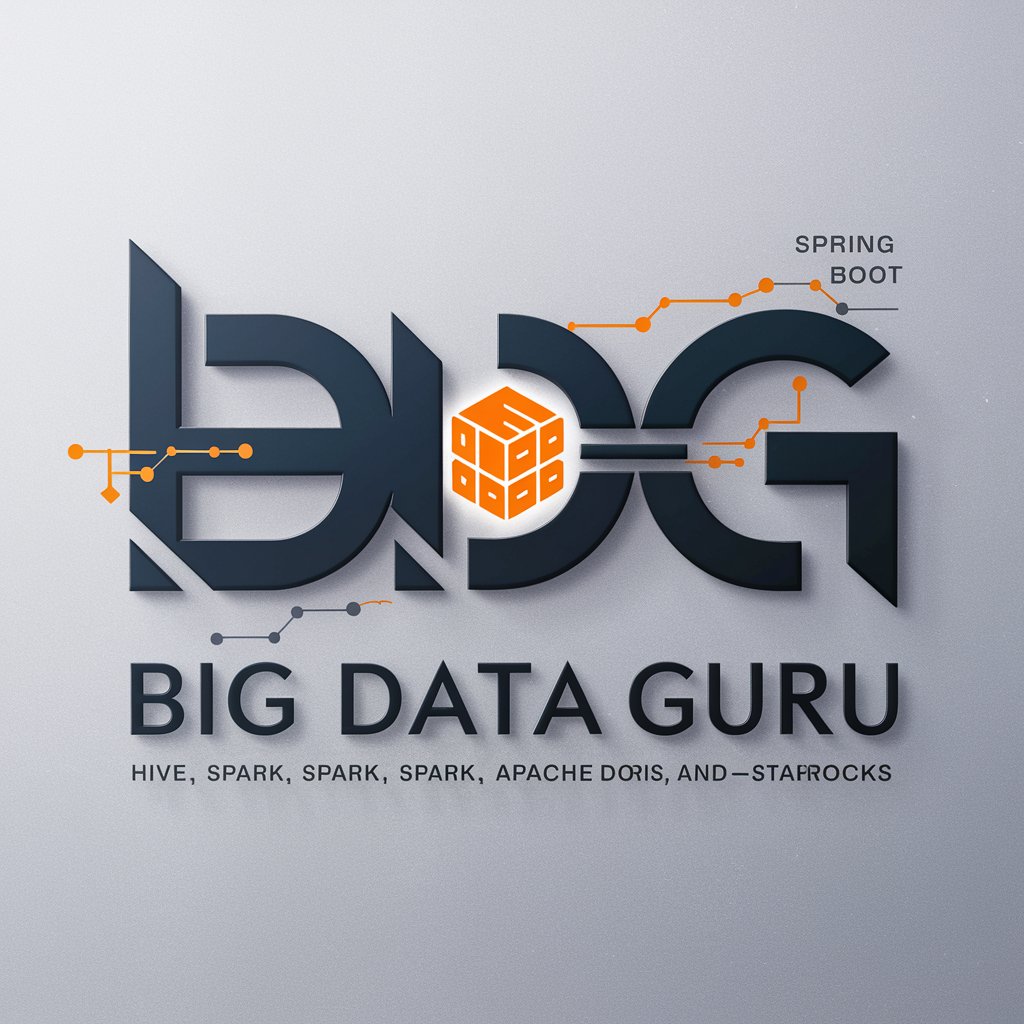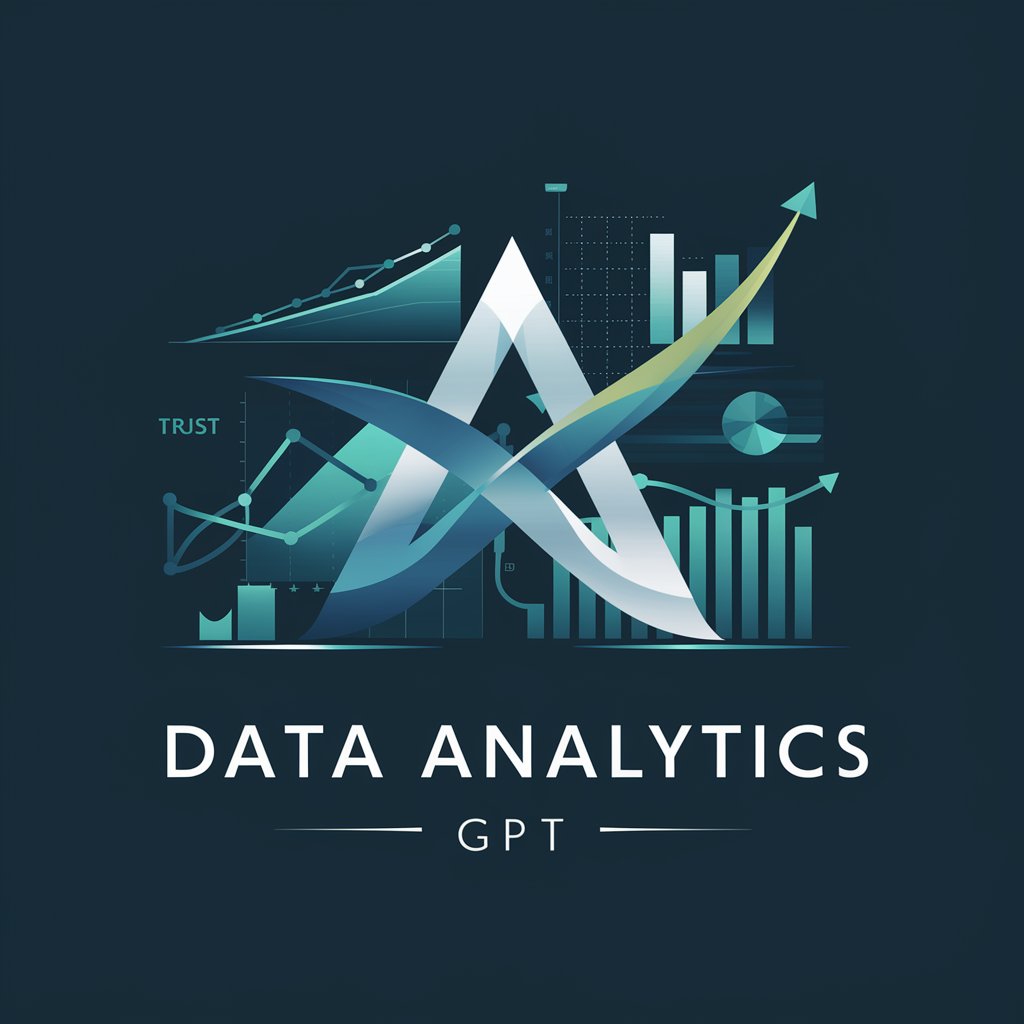
Upskill Ops Statistics in Big Data I - Big Data Statistics Learning

Welcome! Let's dive into the world of statistics in big data.
Empowering Data Analysis with AI
Explain the importance of mean, median, and mode in data analysis.
How does variance help in understanding data distribution?
Give an example of how standard deviation is used in big data.
Describe the role of correlation in pattern recognition.
Get Embed Code
Overview of Upskill Ops Statistics in Big Data I
Upskill Ops Statistics in Big Data I is designed to simplify and elucidate the fundamental statistical concepts essential in Big Data analysis. It focuses on making statistical ideas like mean, median, mode, variance, standard deviation, and correlation understandable for beginners, particularly in the context of large datasets. The primary aim is to enable users to leverage these concepts for data analysis, pattern recognition, and predictive modeling. A typical scenario illustrating this might involve a retail company analyzing customer purchase data. The mean and median can help understand typical spending habits, while standard deviation can show spending variability among customers. Powered by ChatGPT-4o。

Key Functions and Real-World Applications
Mean Calculation
Example
Analyzing average daily website traffic.
Scenario
A digital marketing firm uses mean calculations to assess the effectiveness of different campaigns by looking at the average number of visitors on different days.
Median Determination
Example
Evaluating median income in a demographic survey.
Scenario
An economic research team uses median income to assess the economic status of a region, as it is less skewed by extreme values compared to the mean.
Mode Analysis
Example
Identifying the most common product purchased.
Scenario
An e-commerce company uses mode analysis to stock products more effectively by identifying the most frequently purchased items.
Variance and Standard Deviation Measurement
Example
Assessing consistency in manufacturing processes.
Scenario
A manufacturing company measures the variance and standard deviation in the dimensions of parts to ensure quality control.
Correlation Assessment
Example
Studying the relationship between advertising spend and sales.
Scenario
A business analyzes the correlation between its advertising spend and sales revenue to understand the effectiveness of its marketing strategies.
Target User Groups for Upskill Ops Statistics in Big Data I
Data Analysts and Scientists
Professionals who deal with large datasets and require statistical tools for analysis, predictive modeling, and deriving insights.
Business Analysts and Managers
Individuals in business roles who need to understand data trends and patterns to make informed decisions and strategize effectively.
Academic Researchers
Researchers and students in various fields who require statistical analysis for their studies, especially those involving large amounts of data.
Marketing Professionals
Marketing teams that analyze consumer data and market trends to develop effective marketing strategies and campaigns.
Policy Makers and Government Officials
Officials who need to analyze demographic, economic, or other types of data to make informed policy decisions.

How to Use Upskill Ops Statistics in Big Data I
Initiate Your Learning Journey
Begin by accessing a free trial at yeschat.ai, where you can explore Upskill Ops Statistics in Big Data I without the need for login or a ChatGPT Plus subscription.
Understand the Basics
Familiarize yourself with basic statistical concepts provided, such as mean, median, mode, variance, standard deviation, and correlation, to understand how they apply to Big Data.
Engage with Interactive Content
Utilize interactive examples and real-world scenarios within the tool to see how statistical concepts are applied in various Big Data contexts.
Apply Your Knowledge
Use the tool to work through practical exercises and problems, applying statistical methods to large datasets to gain hands-on experience.
Explore Advanced Features
Leverage advanced functionalities, if available, to delve deeper into statistical analysis and data interpretation, enhancing your Big Data skill set.
Try other advanced and practical GPTs
All things options
Empowering Your Options Trading with AI

Voice Artist
Empowering voice artistry with AI.

MD Real Estate Agent
Empowering Maryland Real Estate with AI

Dahl the GCSE English Language Tutor
Empowering English Mastery with AI

Heartfelt Apologizer
Craft apologies with AI-powered empathy

Customer Care Client management - strategy advisor
Empower your customer care with AI

CyberSec GPT
Empowering Cybersecurity with AI

Culture Companion
Discover, Explore, Enjoy: AI-Powered Cultural Recommendations

LGBTQIA With Jordan
Empowering LGBTQ+ Journeys with AI

Al Fahm
Deciphering the Quran with AI

Top Tier Marketing
Elevate Your Brand with AI-Powered Marketing

Valorant: How to Make Real Money
Maximize earnings with AI-driven Valorant strategies

Detailed Q&A about Upskill Ops Statistics in Big Data I
What fundamental statistical concepts does Upskill Ops Statistics in Big Data I cover?
It covers essential statistical measures like mean, median, mode, variance, standard deviation, and correlation, providing a foundational understanding necessary for analyzing Big Data.
How does the tool help in understanding Big Data analytics?
By offering practical examples and real-world scenarios, the tool demonstrates how statistical methods are employed to extract meaningful insights from large, complex datasets, enhancing data-driven decision-making.
Can beginners in statistics use this tool effectively?
Absolutely, the tool is designed to make complex statistical concepts accessible and understandable for beginners, with step-by-step explanations and interactive learning modules.
What are the interactive features of this tool?
Interactive features may include dynamic examples, hands-on exercises, and simulations that allow users to apply statistical concepts to real-world datasets and see immediate results.
How can this tool aid professionals in their work with Big Data?
Professionals can use this tool to refine their data analysis skills, apply statistical methods to their data, and gain insights that can inform strategic decisions, enhance predictive modeling, and improve pattern recognition.





